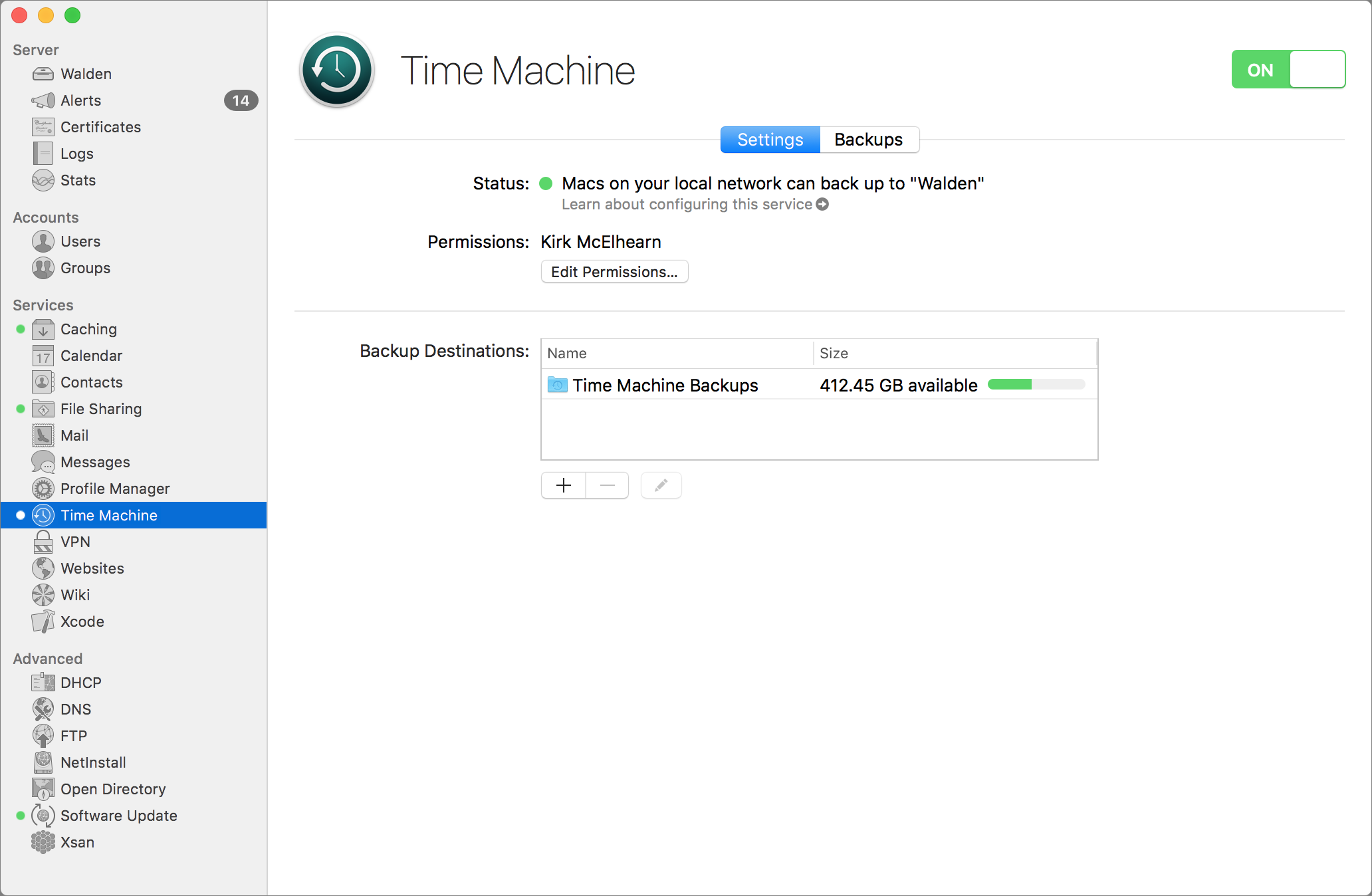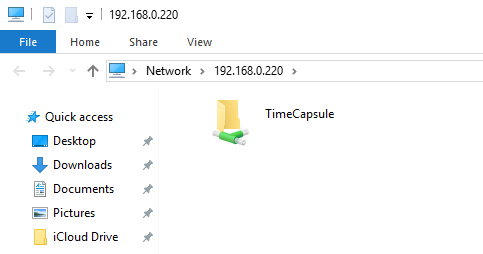
FAT32 was introduced in Windows 95 in 1997, but it remains useful because nearly every system can work with it. FAT32 (File Allocation Table 32) is an older file system that both Windows machines and Macs still support.exFAT works on both macOS and Windows, and it doesn’t have the 4 GB file-size limit that FAT32 does, so you’ll be able to back up movies and other large files.


So how do those five file systems differ, and which one is right for you? Non-Linux computers can use five main file systems: NTFS, HFS+, APFS, exFAT, and FAT32. If you use a Mac, the likelihood that you’ll have to reformat the drive is higher. But if you buy a drive secondhand or if you plan to switch between operating systems, you may still need to reformat it for use on Windows. If you buy an external drive-such as one of our recommended portable or desktop hard drives, portable solid-state drives, or USB 3.0 flash drives-you may need to reformat it to work with your operating system of choice, since different operating systems use different file systems to process data.Īlthough it’s true that any drive is compatible with both Windows and macOS once it’s formatted properly, most drives come preformatted for Windows out of the box.


 0 kommentar(er)
0 kommentar(er)
